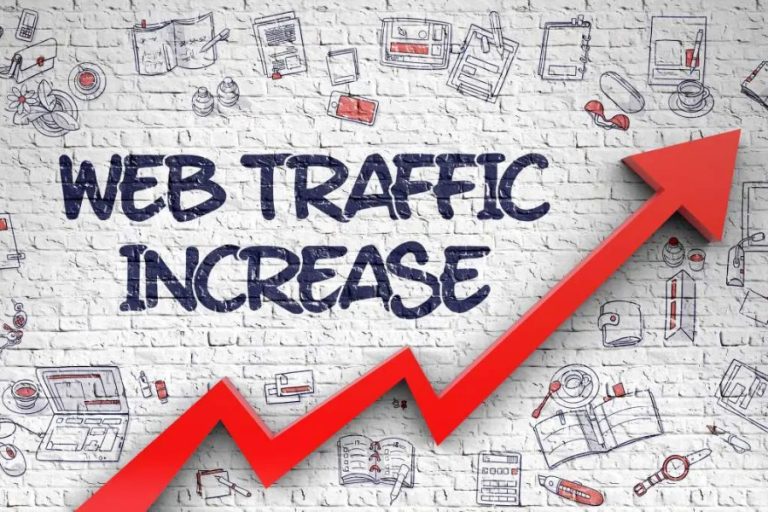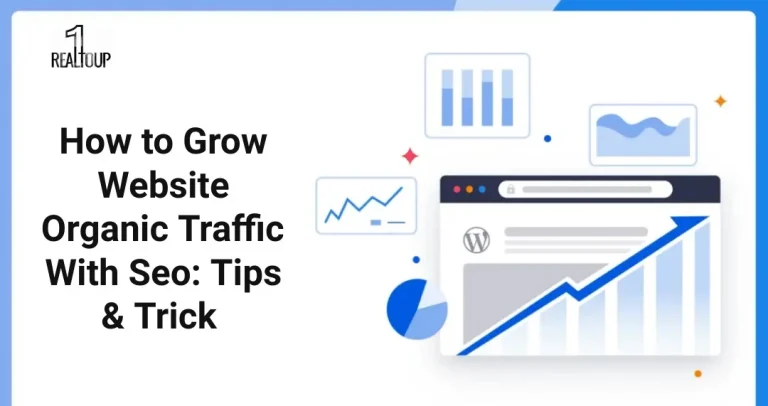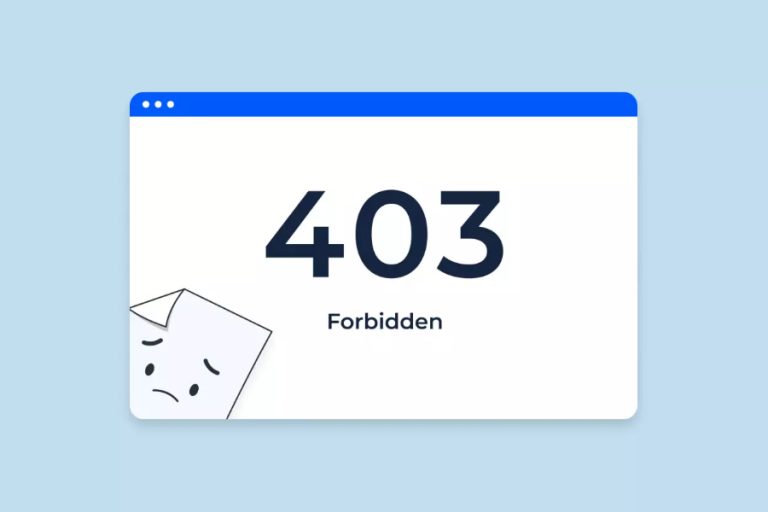What is Crawling in SEO?
Navigating the complexity of Search Engine Optimization (SEO) requires an awareness of the basic procedures involved in the wide field. Of them, “What is Crawling in SEO?” stands out as a crucial question. The process by which search engines find and index web pages on the internet is known as crawling. In order to explain this important component of SEO, this introduction tries to clarify how crawling operates, what it means in the digital world, and how it affects website exposure. Understanding the nuances of crawling will help you maximize the potential of your website in the always changing search engine rankings and optimize your online presence.
Table of Contents
What is Crawling in SEO?
Within Search Engine Optimization (SEO), crawling is the method by which search engine bots methodically search the broad internet in order to find and index web sites. It is similar to an automated search of the internet, where bots, sometimes referred to as spiders or crawlers, navigate links between webpages and follow links to find new material. Search engines gather information about every webpage, such as its content, structure, and metadata, during this painstaking journey. Following analysis, this data is added to the search engine’s index, where it serves as the foundation for later retrieval and ranking in response to user requests.
Why is crawling important?
Because it provides the framework for search engines to efficiently index and rank web pages, crawling is essential to search engine optimization (SEO). Crawling is a methodical approach to web exploration that helps search engines find new content, update information that already exists, and evaluate the quality and relevancy of each webpage. This procedure makes sure that search engine results are always current, accurate, and thorough, improving user experience by providing pertinent results for queries in a timely manner. Furthermore, crawling makes it easier to find broken links, duplicate material, and other problems that could be impeding a website’s functionality. This gives webmasters the opportunity to fix these problems and optimize their site for higher search engine rankings and visibility.

How does crawling work?
Search engine bots, sometimes referred to as spiders or crawlers, use a methodical procedure called crawling in which they follow hyperlinks from one domain to another to explore the internet. These bots begin by crawling through a collection of seed URLs to retrieve metadata, linkages, and content from web pages. They add new URLs they come across while browsing the web to a queue so they can be crawled later. Search engines can continually add new content to their index by carrying out this recursive procedure. Crawling is a methodical exploratory process that helps search engines find, evaluate, and index a large amount of web information. This helps search engines return relevant results for user searches.
What do most people get wrong about crawling in SEO?
Crawling is not the same as indexing
Within the context of search engine optimization (SEO), crawling and indexing are two separate but related activities. Crawling is the methodical exploration of the internet by search engine bots to find and collect data about online pages. This method is similar to exploring the web by clicking links to go from one webpage to another. On the other hand, indexing entails keeping the data obtained during crawling organized and stored. It sorts webpages into categories so that users’ searches can be quickly answered. Indexing concentrates on categorizing and arranging content, whereas crawling is more concerned with discovery. In order for search engines to deliver quick and relevant search results to users, both procedures are essential.
Crawling doesn’t guarantee ranking
Although crawling is an important part of the search engine optimization (SEO) process, ranking in search results is not guaranteed by it. Crawling is the methodical exploration of the internet by search engine bots to find and collect data about online pages. However, a number of variables, like as the content’s authority, quality, and relevancy as well as the website’s overall SEO performance, affect ranking. Although crawling makes it possible for search engines to index webpages, a page’s ranking is determined by its ability to meet user intent, its relevancy to search queries, and its compliance with SEO best practices. Thus, optimization for ranking well goes beyond simple crawling and includes user experience, backlinking, keyword optimization, and high-quality content.
Robots.txt can block crawling
A text file called Robots.txt, which is kept in the root directory of a website, tells search engine crawlers which pages and directories not to index or crawl. Webmasters can effectively prevent search engine bots from accessing specific sections of their website by including forbid directives in the robots.txt file. This can help stop sensitive or duplicate material from being crawled, like admin areas, staging sites, and login pages. Robots.txt must be used cautiously, though, as incorrect setup can inadvertently prevent crucial pages from being indexed by search engines, which could negatively affect a website’s ranking.

Broken links can hurt crawling
Indeed, search engine bots have difficulty efficiently crawling websites with broken links. A broken link, sometimes referred to as a dead link or 404 error, tells a crawler that the linked page is not available or does not exist. This pauses the crawling process, making it impossible for the bot to navigate the website further and perhaps resulting in the miss-indexation of more pertinent pages. Furthermore, broken links may indicate out-of-date content or inadequate website maintenance, which could harm the website’s user experience and credibility. In order to guarantee efficient crawling and preserve a strong online presence in search engine results, frequent monitoring and maintenance of broken links are essential.
Conclusion
In conclusion, the first step in optimizing a website for search engine exposure is comprehending “What is Crawling in SEO?” Search engine bots use a methodical procedure called crawling to find and index web pages on the internet. Although crawling provides the foundation for indexing and ranking, it’s important to understand that crawling alone is not enough for successful SEO. Achieving good ranks also depends heavily on elements like user experience, relevance, and content quality. Businesses can improve their online presence and maintain a competitive edge in the digital arena by giving priority to thorough SEO tactics and continuous website upkeep.
Read More WordPress Website Tips and Tricks
FAQ’S
How often do search engine bots crawl websites?
The frequency of crawling varies but depends on factors like website popularity and content updates.
Can I control what search engine bots crawl on my website?
Yes, you can use robots.txt and meta robots tags to specify which pages should or shouldn’t be crawled.







